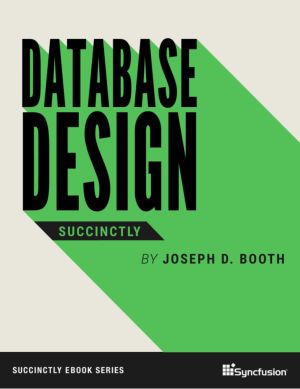
The way a user might perceive and use data and the optimal way a computer system might store it are often very different. In this Database Design Succinctly, learn how to model the user's information into data in a computer database system in such a way as to allow the system to produce useful results for the end user. Joseph D. Booth will cov...
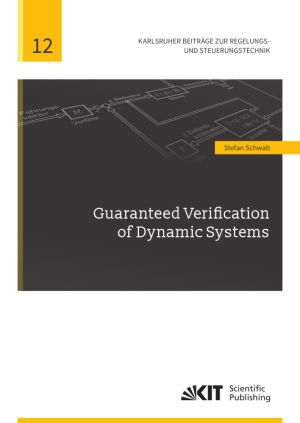
This work introduces a new specification and verification approach for dynamic systems. The introduced approach is able to provide type II error free results by definition, i.e. there are no hidden faults in the verification result. The approach is based on Kaucher interval arithmetic to enclose the measurement in a bounded error sense. The develop...

How To Do Science has been written for students of the life sciences who are actively engaged in the scientific process. This guide introduces you to what it means to be a scientist. You will learn about the scientific method and how to carry out many tasks of a scientist, including: designing experiments, visualising data, accessing scientific lit...
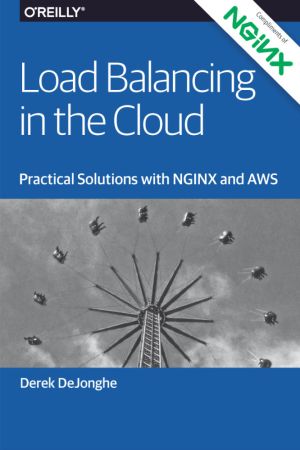
Use of redundant servers has long been a solution for meeting sudden spikes in demand, machine failures, and outages. Cloud services greatly reduce the cost and hassle of provisioning redundant equipment and load balancers and give you the ability to deal with separate network, application, and client-side loads. But today there are many options to...
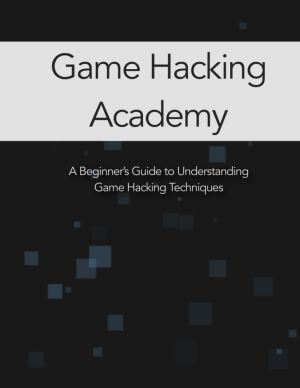
Hacking games requires a unique combination of reversing, memory management, networking, and security skills. Even as ethical hacking has exploded in popularity, game hacking still occupies a very small niche in the wider security community. While it may not have the same headline appeal as a Chrome 0day or a massive data leak, the unique feeling o...
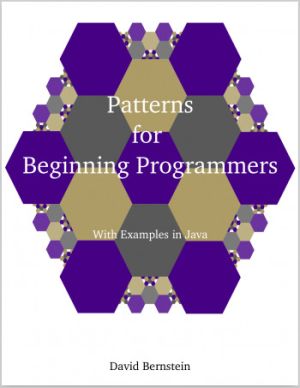
Programming patterns are solutions to problems that require the creation of a small fragment of code that will be part of a larger program. Hence, this book is about teaching you how to write such fragments of code. However, it is not about teaching you the syntax of the statements in the fragments, it assumes that you already know the syntax. Inst...

In this book we discuss several numerical methods for solving ordinary differential equations. We emphasize the aspects that play an important role in practical problems. We confine ourselves to ordinary differential equations with the exception of the last chapter in which we discuss the heat equation, a parabolic partial differential equation. T...

This book is an introduction to the language of systems biology, which is spoken among many disciplines, from biology to engineering. Authors Thomas Sauter and Marco Albrecht draw on a multidisciplinary background and evidence-based learning to facilitate the understanding of biochemical networks, metabolic modeling and system dynamics.
Their pe...

A collection of readings and exercises aligned with the course, ME 270, Introduction to Mechanical Engineering Design, at Iowa State University. This course provides an overview of mechanical engineering design with applications to thermal and mechanical systems, and an introduction to current design practices used in industry. As part of the cours...
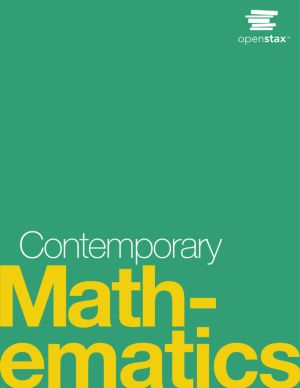
Contemporary Mathematics is designed to meet the scope and sequence requirements for a liberal arts mathematics course. This resource provides stand-alone sections with a focus on showing relevance in the features as well as the examples, exercises, and exposition. Contemporary Mathematics integrates technology applications, projects, and highlight...
